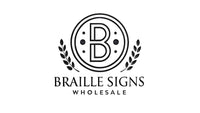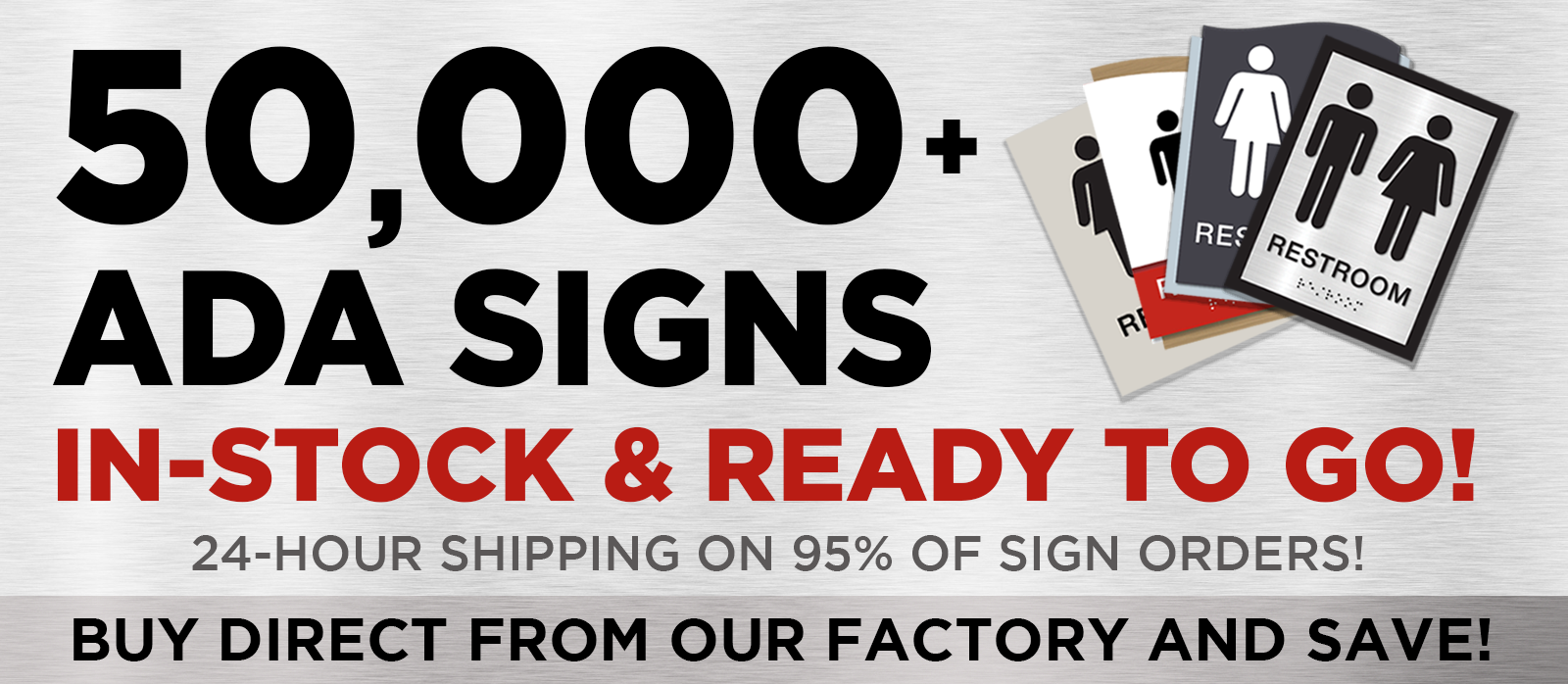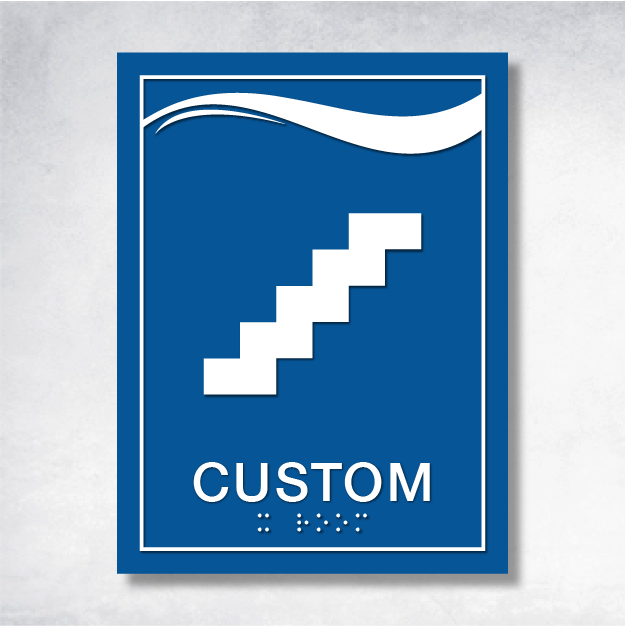Navigating the World of Braille Signage: A Journey into ADA Compliance
In an era where inclusivity is more than just a buzzword, ensuring accessibility for everyone is both a legal requirement and a moral duty. ADA compliance, particularly through Braille signage, is a vital part of this mission. For businesses, it’s about more than just meeting regulations; it’s about creating a welcoming environment for all, including those with visual impairments. Braille signage is not merely a legal checkbox; it’s a testament to a brand’s commitment to inclusivity and can significantly enhance its reputation.
Decoding ADA Compliance in Signage
The Americans with Disabilities Act (ADA) lays down specific guidelines for signage to ensure accessibility for individuals with disabilities. This includes mandatory Braille signs in public and commercial buildings to identify permanent spaces like restrooms and offices. Non-compliance can lead to hefty fines and legal challenges. Understanding these requirements is crucial for businesses to avoid such pitfalls and to showcase their dedication to accessibility.
The Power of Braille Signage
Braille signage is a cornerstone of inclusivity, granting visually impaired individuals the autonomy to navigate spaces independently. This sense of belonging can significantly boost customer loyalty. For businesses, investing in ADA signage is not only a legal necessity but also a strategic advantage. It opens doors to a broader audience, enhancing marketability and potentially increasing revenue. By prioritizing accessibility, businesses can build a positive reputation and strengthen their brand identity.
Navigating the Legal Landscape of Braille Signage
To comply with ADA standards, Braille signs must meet specific legal and technical requirements. This includes using Grade 2 (contracted) Braille, with domed or rounded dots positioned below corresponding raised text. The minimum height from the floor should be 48 inches. These standards ensure that Braille signage is both functional and accessible, making it easier for everyone to navigate public spaces.
Crafting and Installing Braille Signs with Precision
The design and installation of Braille signs are crucial for compliance. A minimum 70% light reflectance difference between characters and the background is essential for readability. Uppercase letters should be between 5/8" to 2" in height, with raised text elevated by 1/32". Proper spacing is also key, maintaining at least 3/8" between Braille and raised text, and between Braille lines. Adhering to these guidelines ensures that Braille signage is accessible and user-friendly.
Avoiding Common Pitfalls in Braille Signage Compliance
Despite clear guidelines, common compliance issues persist. These include using flat Braille dots, incorrect Braille grades, and improper mounting heights. Such failures can undermine the effectiveness of Braille signage and lead to non-compliance. Businesses must be vigilant in adhering to ADA standards to avoid these pitfalls and ensure their signage is truly accessible.
BrailleSignWholesale: Your Partner in Compliance
BrailleSignWholesale is dedicated to producing ADA-compliant signage that meets all legal and design requirements. Their commitment to standards ensures that all users, regardless of ability, can navigate spaces with ease. BrailleSignWholesale's quality assurance processes involve using high-quality materials and precise manufacturing techniques to create durable and compliant Braille signage. This dedication to excellence guarantees that their products not only meet but exceed ADA standards.
Reaping the Benefits of ADA-Compliant Signage
Investing in ADA-compliant Braille signage offers numerous benefits for businesses. It enhances accessibility, attracting a broader audience and potentially increasing revenue. Compliance also strengthens brand reputation, as it demonstrates a commitment to inclusivity and customer satisfaction. By prioritizing ADA signage, businesses can create a more welcoming environment, fostering loyalty and trust among all customers.
A Step Towards an Inclusive Future
ADA compliance is more than a regulatory requirement; it is a commitment to creating an inclusive future. Braille signage is a vital component of this commitment, ensuring that all individuals can navigate spaces independently. By embracing accessibility, businesses not only comply with legal standards but also contribute to a more inclusive society. Prioritizing ADA-compliant signage is a step towards a better, more accessible future for everyone.
For more detailed information on ADA-compliant signage, explore BrailleSignWholesale's offerings and take a step towards creating a more inclusive environment for all.
Relevant Links for Backlinks
- ADA-Compliant Office Signage - BrailleSignWholesale's offerings for office signage that meets ADA standards.
- Navigational Necessities Signs - ADA-compliant navigational signs for clear directions in facilities.
- Designated Space Signs - High-quality ADA designated space signs ensuring compliance and accessibility.
- Epsilon Stair ID Sign - ADA Compliant - A stylish and durable stair ID sign with Grade 2 Braille.
- Epsilon Corridor Sign B - ADA Compliant - An accessible passage sign available in multiple colors, customizable to meet ADA guidelines.









